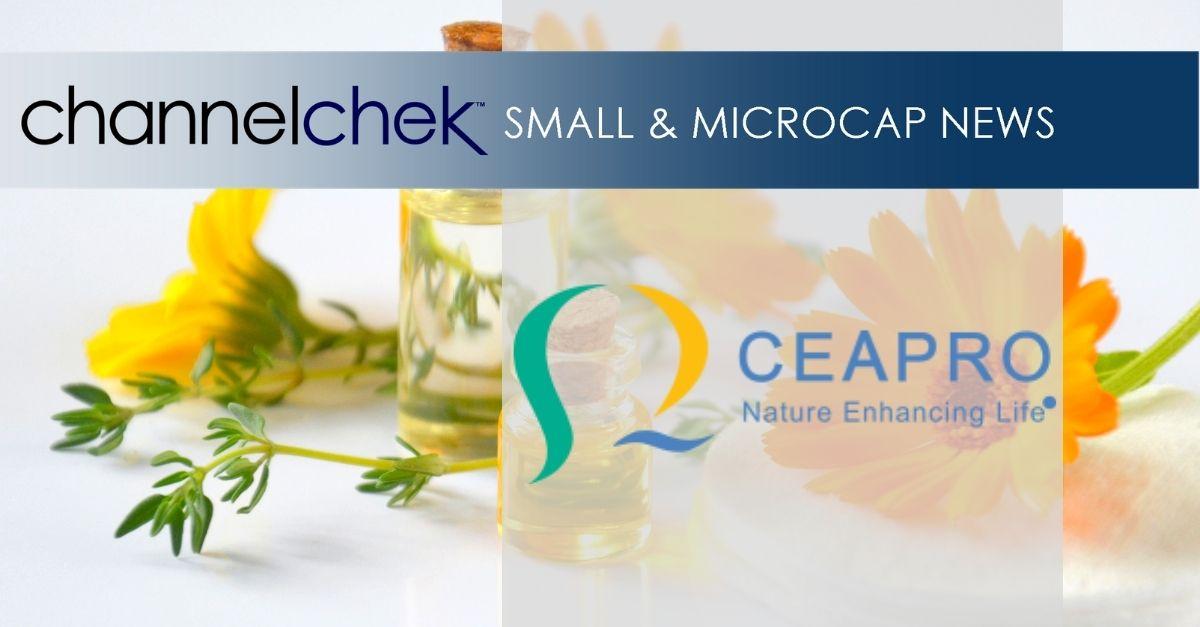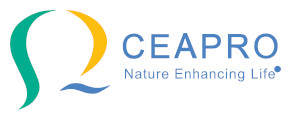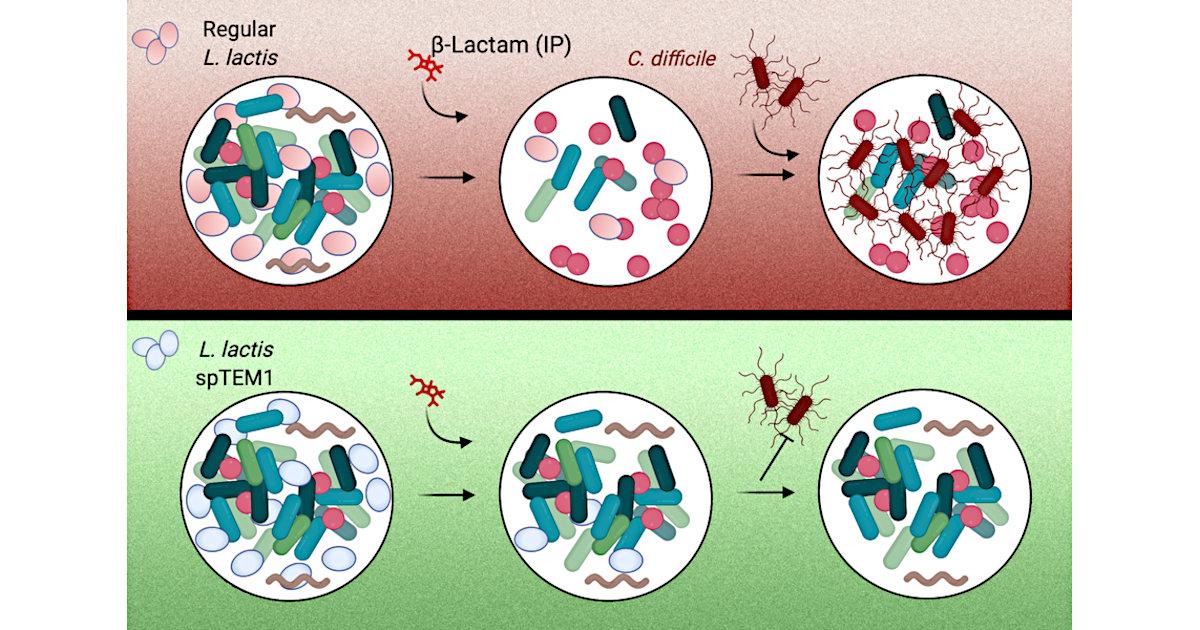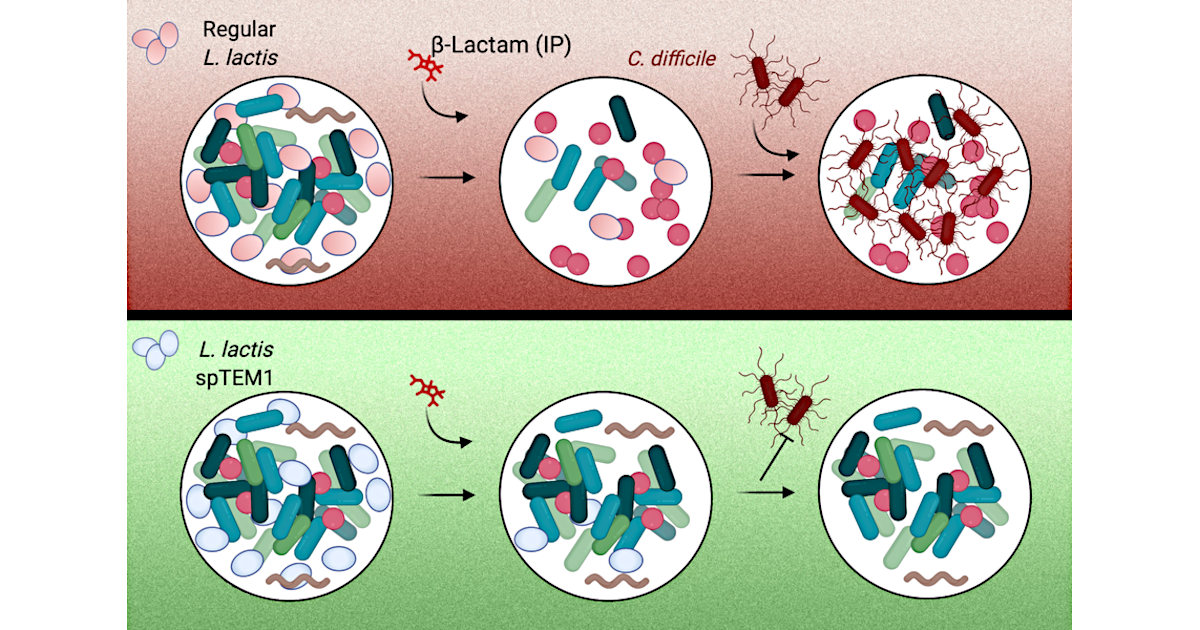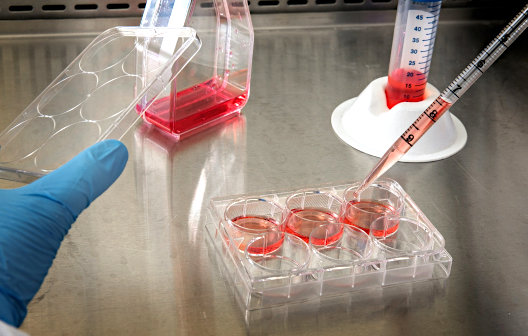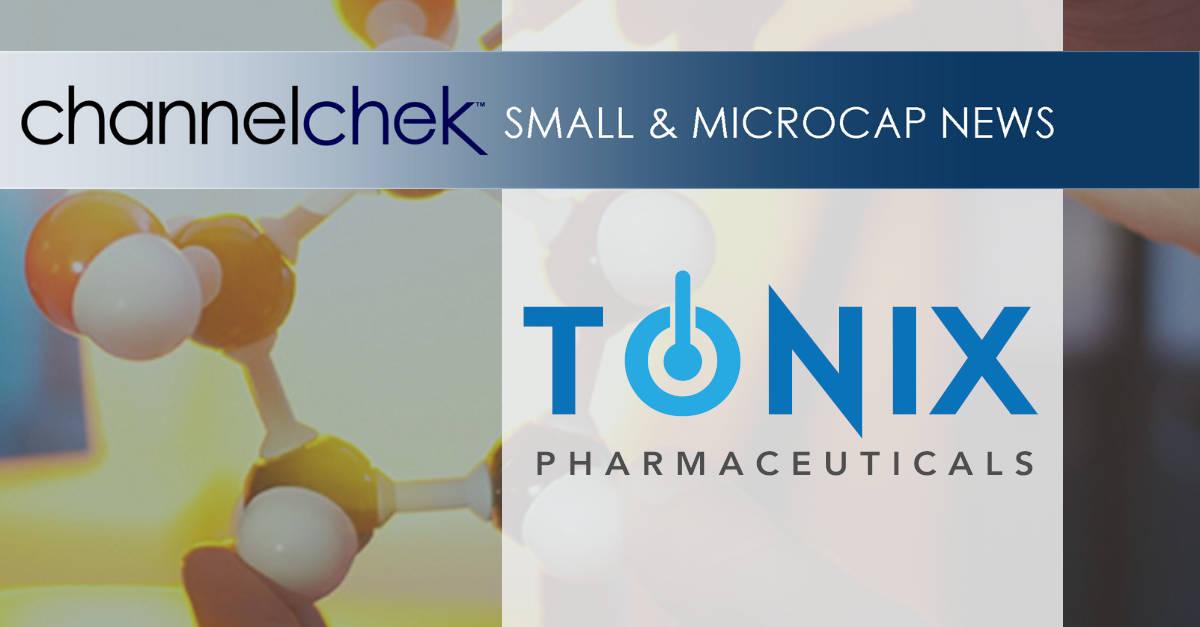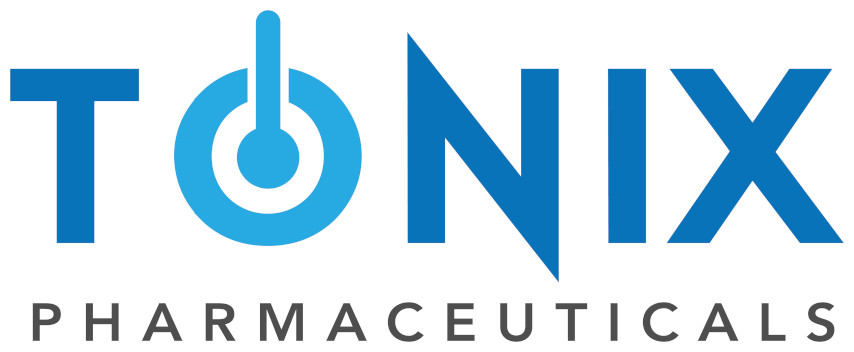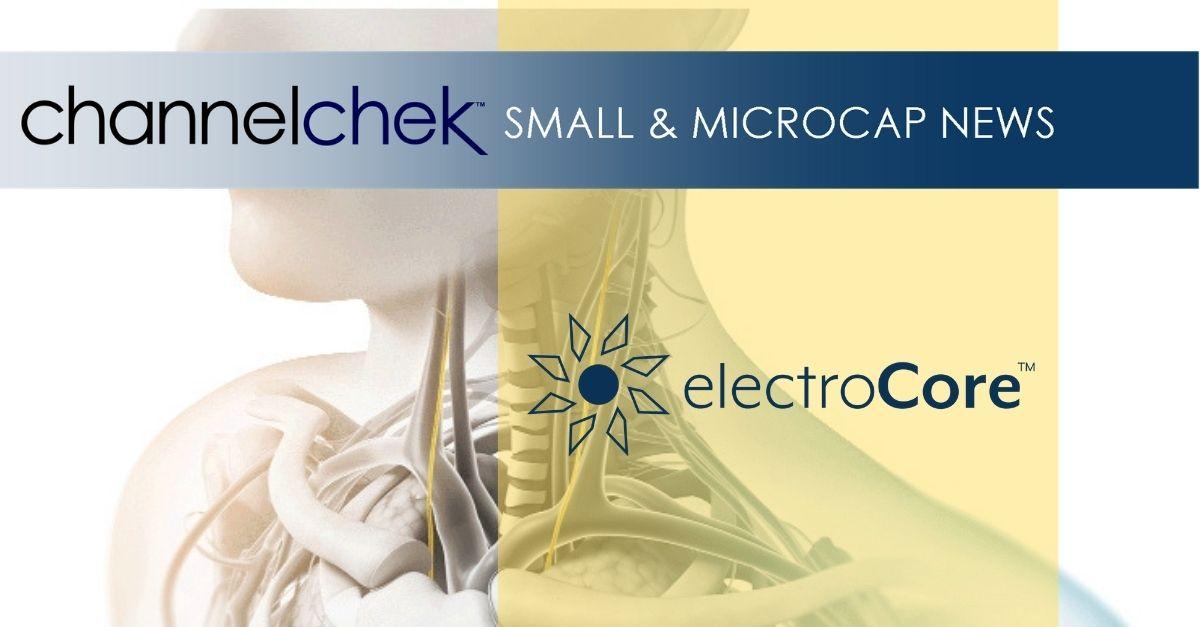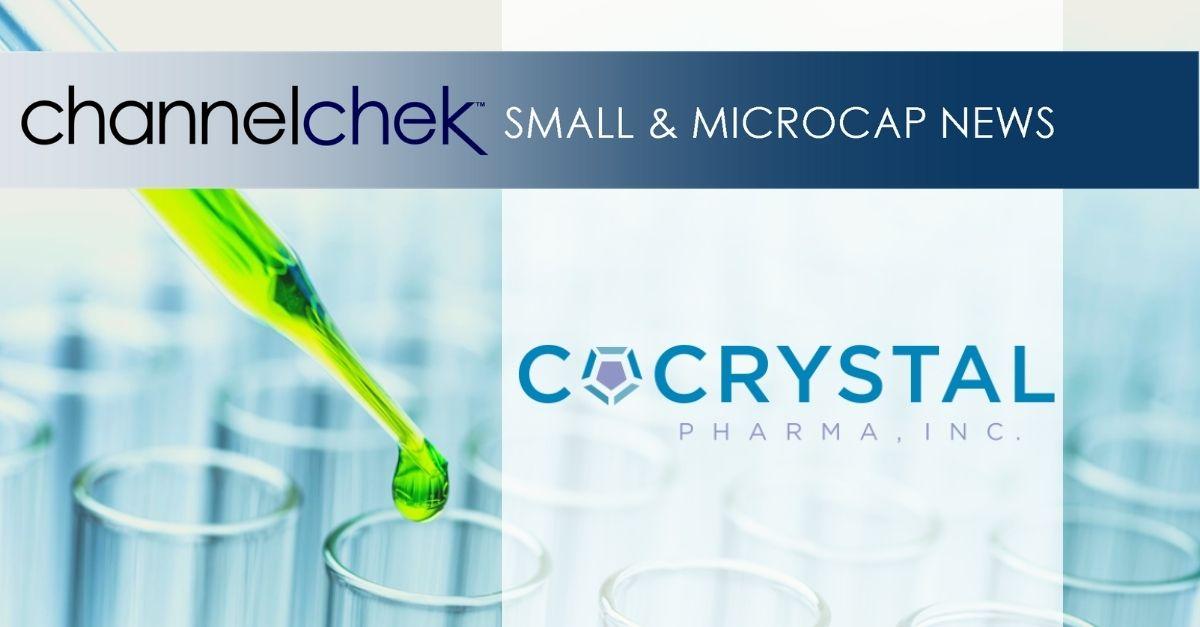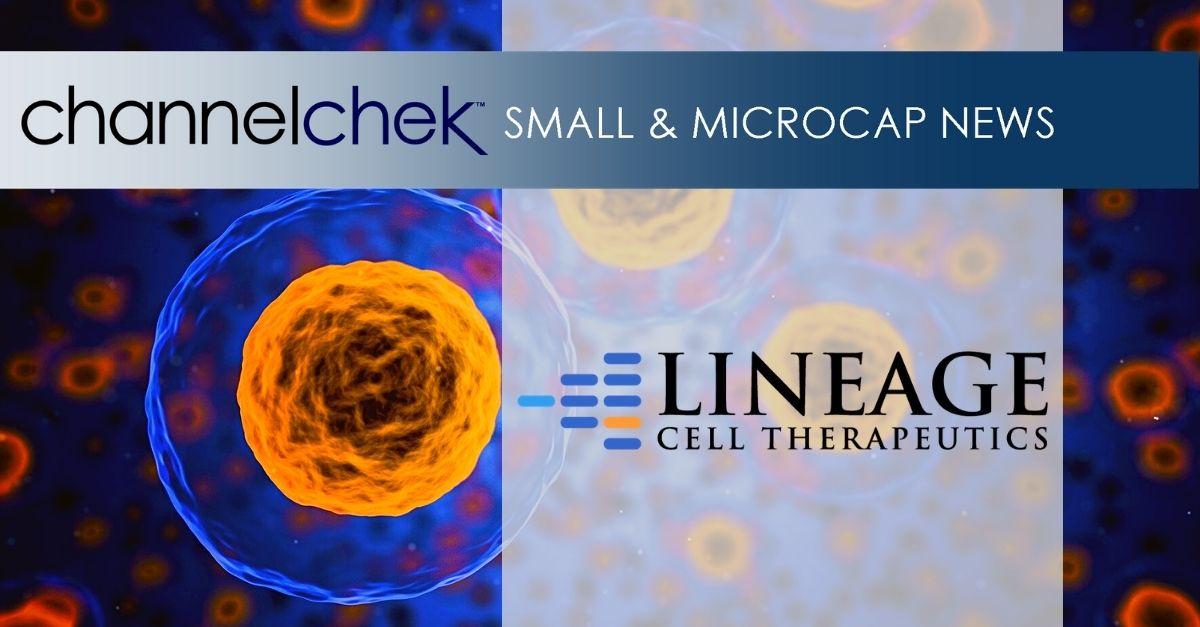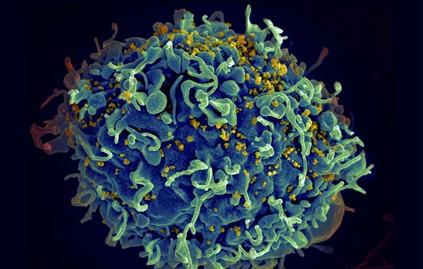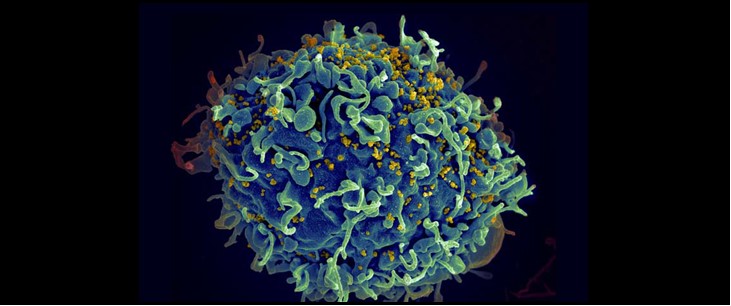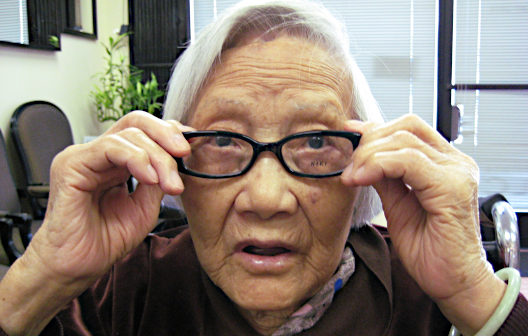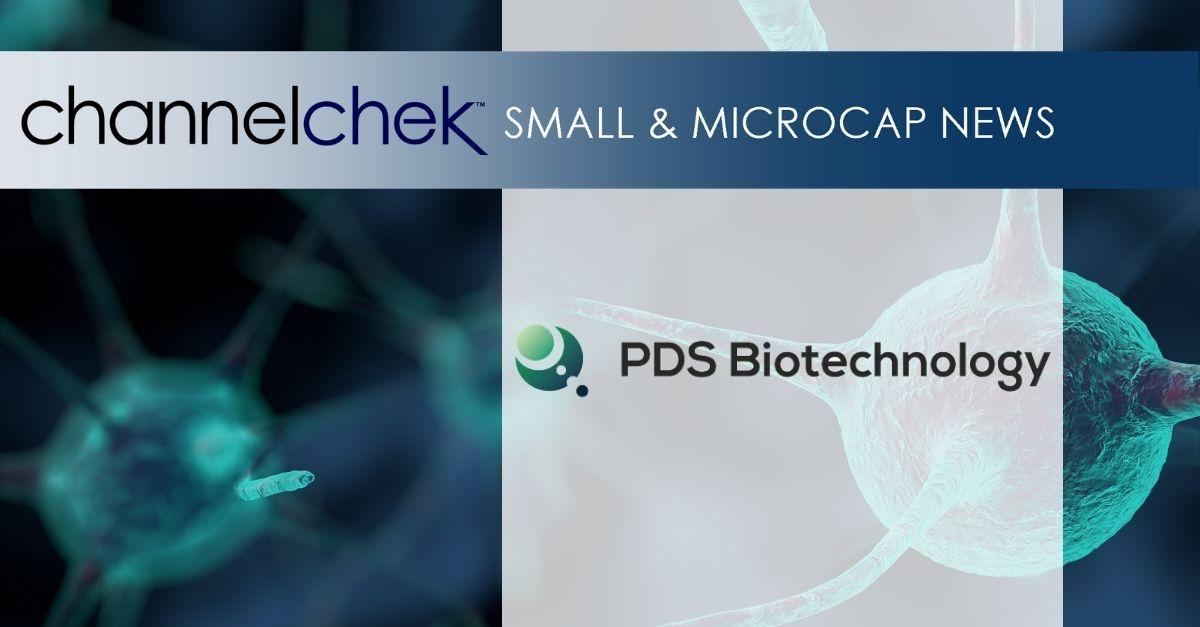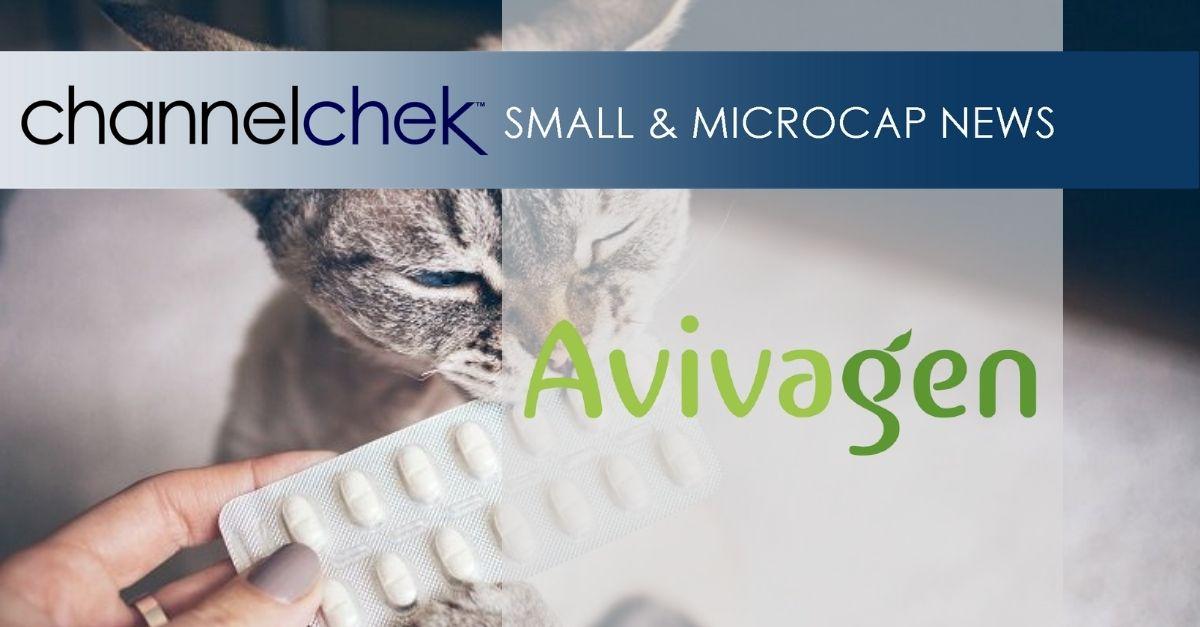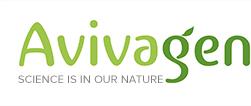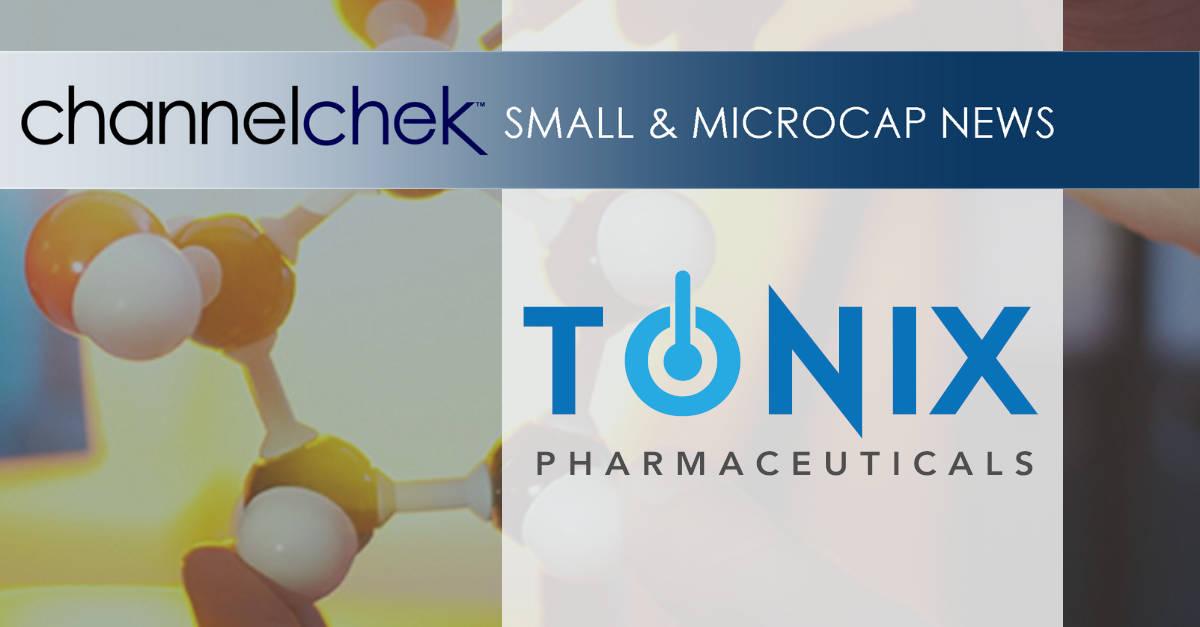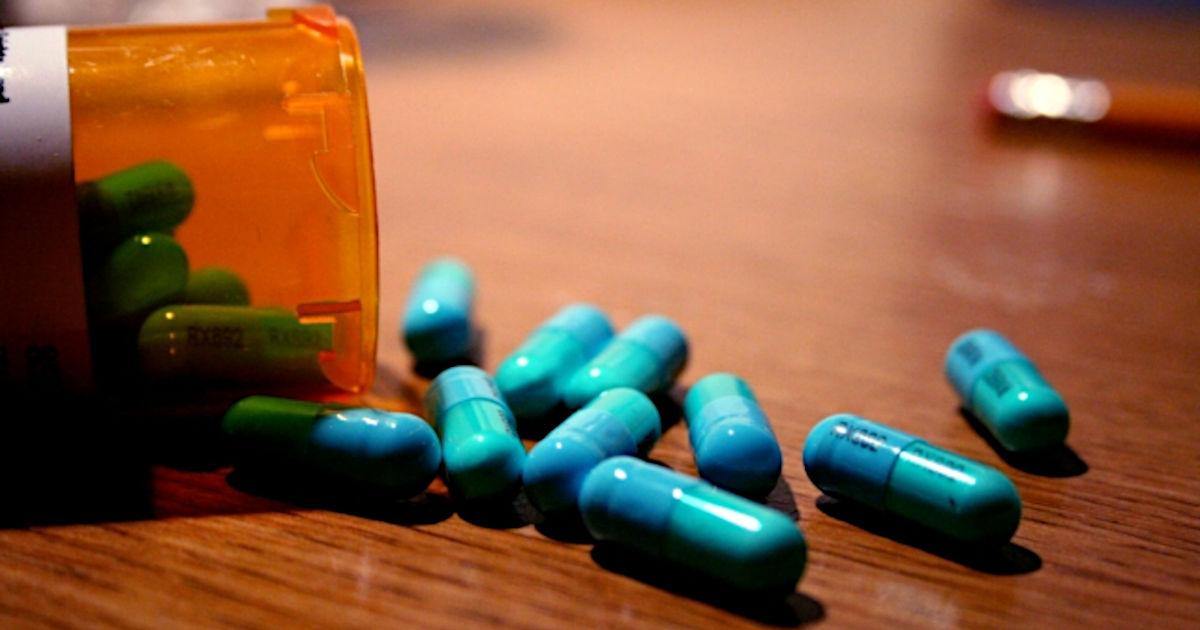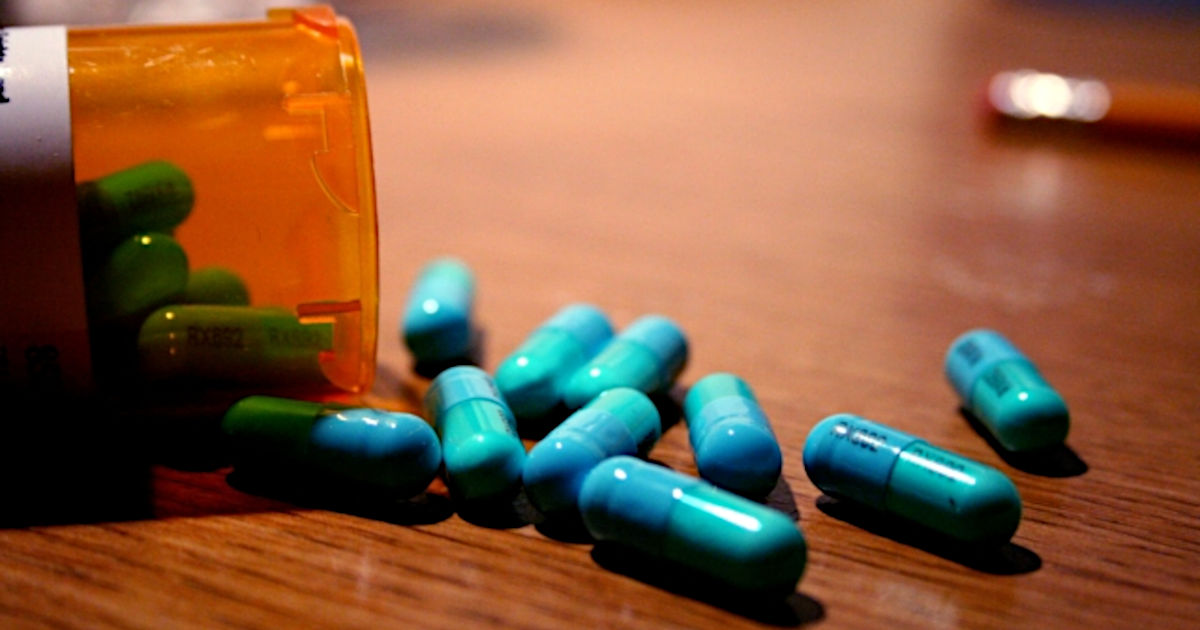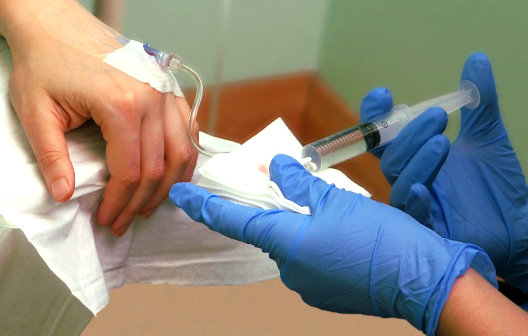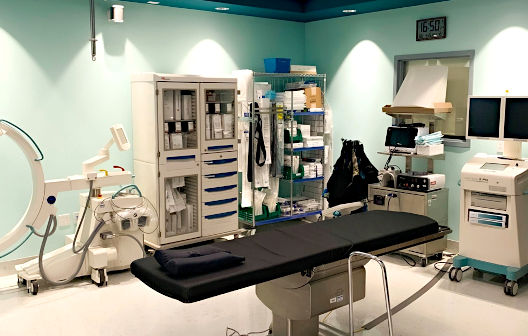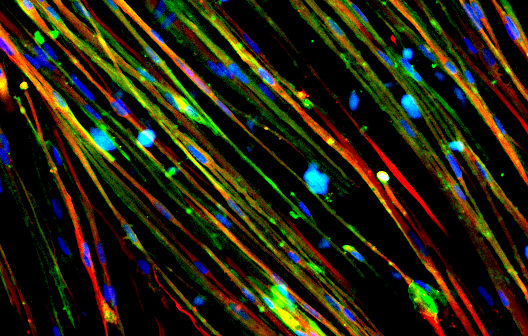Ceapro Inc. Reports Fourth Quarter and Full Year 2021 Financial Results and Operational Highlights
Research, News, and Market Data on Ceapro
– FY 2021 record sales of $17,200,000 compared to $15,100,000 for FY 2020, representing a 14% increase year over year; Ceapro’s best sales performance in Company history
– Net profit of $2,842,000 for the full year of 2021 compared to a net profit of 1,856,000 in 2020, a year over year increase of 53%
– R&D activities focused on the development of avenanthramide pills for a Phase 1 study, on advancing the development of innovative delivery systems with new chemical complexes and on processing yeast beta glucan from various sources for the development of an immune booster and as a potential inhalable therapeutic for COVID-19
– Achieved record production levels despite COVID-19 pandemic situation, supply chain and transportation logistic challenges
EDMONTON, Alberta, April 13, 2022 (GLOBE NEWSWIRE) — Ceapro Inc. (TSX-V: CZO, OTCQX: CRPOF) (“Ceapro” or the “Company”), a growth-stage biotechnology company focused on the development and commercialization of active ingredients for healthcare and cosmetic industries, today announced operational highlights and financial results for the fourth quarter and full year ended December 31, 2021.
“We are thrilled with achievements made in 2021 on all fronts from production operations to research and development, allowing us to expand our pipeline to build a high value life sciences Company focused on immune and inflammation-based diseases. A 14% year over year increase in sales for our base business is absolutely remarkable especially during such a year marked by a continued COVID-19 pandemic, inflationary pressure, issues related to availability of inputs, persistently high logistical transportation costs and labour scarcity. Despite these challenges, our team worked tirelessly to meet strong demand for our products and deliver one of the best ever performances in the Company’s history. I thank everyone wholeheartedly for their resilience and dedication,” stated Gilles Gagnon, M.Sc., MBA, President and CEO, of Ceapro. “In addition to excellent financial and operational results, we had many key highlights over the course of the year and are committed to building on these achievements.”
2021 Corporate and Operational Highlights
Pipeline Development
Avenanthramides:
- Announced expanded collaboration with Montreal Heart Institute (MHI) with new clinical study evaluating flagship product, avenanthramides, as a new potential pharmaceutical product. This Phase 1 safety and tolerability study will be led by renowned Dr. Jean-Claude Tardif. Published positive results from Ceapro’s previously conducted study evaluating anti-inflammatory properties of low doses of avenanthramides in exercise-induced inflammation paved the way for this clinical trial.
- Agreement signed with Corealis to formulate 30mg and 240mg dosage pills to be used in Phase 1 study with MHI.
- Completed physical characterization of avenanthramides and continued to monitor stability studies with new powder formulations.
- Completed the Phase 1 study protocol which expects to enroll approximately 72 patients.
Oat Beta Glucan:
- Completed pilot clinical trial evaluating oat beta glucan in patients with high cholesterol levels. While there were positive signals that beta glucan nutraceutical formulation may offer appreciable health benefits as indicated with approved Health Canada’s beta glucan monograph (Natural Product Division), the study did not achieve in a statistically significant manner the expected primary endpoint related to a decrease of low-density lipoproteins cholesterol when using Ceapro’s pill dosage form.
- Announced research agreement with Boston-based Angiogenesis Foundation to assess in vivo bioefficacy of oat beta glucan and avenanthramides in angiogenesis, blood vessel repairs, and wounds to assess healing and tissue regeneration in various inflammation-based diseases and conditions like COVID-19 presenting damages of the lung blood vessels.
Yeast Beta Glucan (YBG)
- Analyzed and screened YBG feedstock from numerous global suppliers to select ideal sources for best possible product.
- Identified process conditions for YBG improving morphology of YBG processed using PGX Technology (PGX-YBG) to boost immunomodulating activity.
- Further developed custom-shape formulations of PGX-YBG for oral administration.
- Obtained further evidence confirming that PGX-YBG is suitable for lung inhalation.
- Demonstrated, in vitro, that PGX processed YBG can prevent the activation of macrophages toward a pro-fibrotic phenotype which, according to experts in the field, is seen as a viable therapeutic strategy toward fibrotic disease.
- PGX-YBG binds to specific receptors (Dectin 1) located on macrophages responsible for the cascade of immunomodulating events when activated.
- McMaster’s research team discovered a new mechanism of action as per PGX-YBG’s ability to reprogram macrophages on its own.
- Continuing PGX-YBG project with McMaster University to assess preclinical animal models to determine posology.
- Initiated studies with a medical device manufacturer to assess aerosol/nebulizer device for inhalation of YBG.
- Proved, using an in vitro study, that the Company’s PGX Technology maintains the integrity of the YBG molecular structure and enhances its microscopic morphology which leads to a boost in its immunomodulatory activity without generating proinflammatory reaction. Based on these attributes PGX-YBG is poised to become a key strategic asset for the Company.
New Chemical Complexes / Delivery Systems:
- Announced the successful completion of a long-term research program conducted with University of Alberta. This screening program allowed Ceapro to retain the most promising products, such as PGX-alginate, and expand the PGX-processed products pipeline. Combination of alginate and YBG, leading to tunable PGX composites, are now viewed as the most promising products developed from this research program.
- Pursued bioavailability studies with University of Alberta for new chemical complexes YBG-CoQ10, alginate-CoQ10 and the newly formed alginate-YBG-CoQ10. Results are expected in Q3 2022.
Technology:
- Continued significant technical improvements of the existing PGX plant in Edmonton to develop equipment for the production of PGX-YBG for the purpose of generating material suitable for nutraceutical and lung delivery.
- Ongoing engineering design in collaboration with experts in the field for designing and building a PGX processing commercial unit. Alginate and yeast beta glucan would be the first products to be processed at large scale level. Given regulatory requirements and to accelerate market entry, yeast beta glucan as a standalone and/or in combination with alginate will be developed at first as a nutraceutical/immune booster.
- Pursued installment in Edmonton of a commercial scale unit for loading of bioactives onto PGX-processed biopolymers. This system allows loading of active pharmaceutical ingredients, like ibuprofen, onto thin soluble PGX alginate strips for wound healing or oral applications.
- Continued projects with University of Alberta and McMaster University for the development of potential delivery systems for multiple applications in healthcare.
Bioprocessing Operations
- Ceapro’s dedicated production team successfully responded to the growing market demand for the cosmeceutical base business by producing over 290 metric tons of active ingredients in 2021, a 20% increase over the previous year.
- Received renewal of the Site License from the Health Canada Natural Product Directorate. This License enables the Company to manufacture, package, label, release and distribute final products.
Corporate
- Fully repaid loan with Canadian Agricultural Adaptation Program (CAAP).
- Effective December 31, 2021, the Company wound up Ceapro Technology Inc., Ceapro Active Ingredients Inc. and Ceapro BioEnergy Inc. into the Company and dissolved Ceapro USA Inc. JuventeDC Inc. remains the only active fully owned subsidiary of Ceapro Inc.
- Announced expansion of a grant from National Research Council of Canada Industrial Research Assistance Program (NRC-IRAP) to further develop the patented PGX Technology to increase its innovation capacity by designing the first pharmaceutical PGX processing unit along with bioactive impregnation and loading units.
- Pursued out-licensing discussions for PGX-processed new chemical complexes.
Subsequent to Year End
- Signed a Supply and Distribution Agreement with Symrise securing the long-term sustainability of Ceapro’s base business.
- Appointed Mr. Ronnie Miller, former President & CEO of Roche Canada for the last 22 years, to the Company’s Board of Directors.
Financial Highlights for the Fourth Quarter and the Full Year 2021 Ended December 31, 2021
- Total sales of $3,562,000 for the fourth quarter of 2021 and $17,200,000 for the full year of 2021 compared to $2,706,000 and $15,100,000 for the comparative periods in 2020. These respective increases of 32% for Q4, 2021 and 14% for the full year 2021 were driven by volume sales increases in all of the Company’s primary products. The increase in revenue occurred despite being offset by a lower U.S. dollar relative to the Canadian dollar compared to the prior year, which negatively impacted revenue by approximately $1,358,000 for the full year 2021.
- Net profit of $776,000 for the fourth quarter of 2021 and a net profit of $2,842,000 for the full year of 2021 compared to a net loss of $539,000 and a net profit of 1,856,000 for the comparative periods in 2020, a year over year increase of 53.1% for the full year 2021. These results reflect a full year of operations in one production site only as compared to year 2020 that was marked by the completion of the decommissioning of Leduc manufacturing site and the final integration of production operations in the Edmonton facility. Margins improved on an annual basis from 50% in 2020 to 56% in 2021.
- Cash generated from operations of $3,510,000, for the full year 2021.
- Positive working capital balance of $10,755,000 as of December 31, 2021.
“While the Company’s business has not been significantly impacted by the COVID-19 pandemic, management remains very vigilant in ensuring the highest level of safety for Ceapro’s employees. Depending on the evolution of this pandemic situation and assuming minimal supply chain disruptions, I strongly believe the prospects for the Company remain very strong for the upcoming year. We expect Ceapro’s cosmeceuticals base business to continue growing and provide positive cash flows to support the expansion to a new business model to a high value life science/biopharmaceutical company involved in nutraceuticals and pharmaceuticals. We then expect to further invest into R&D to initiate an early clinical trial with our newly developed pill of avenanthramide, to continue the development of new chemical complexes as potential delivery systems for bioactives and to emphasize our current efforts for the development and assessment of yeast beta glucan as immune booster and as potential inhalable therapeutics for lung fibrotic diseases including COVID 19 conditions,” added Mr. Gagnon.
“Additionally, results from bioavailability studies with new chemical complexes and results with yeast beta glucan as an immune booster will drive decisions for the magnitude of capital expenditures to be incurred for the building of a commercial scale unit for PGX Technology. Based on a very solid foundation, a highly competent team, a healthy balance sheet and a very strong technology and product portfolio with the potential to access key large markets, we have all the key components for success,” concluded Mr. Gagnon.
| CEAPRO INC. | ||||
| Consolidated Balance Sheets | ||||
| December 31, | December 31, | |||
| 2021 | 2020 | |||
| $ | $ | |||
| ASSETS | ||||
| Current Assets | ||||
| Cash and cash equivalents | 7,780,989 | 5,369,029 | ||
| Trade receivables | 2,092,842 | 2,019,723 | ||
| Other receivables | 45,850 | 102,224 | ||
| Inventories (note 3) | 1,644,893 | 1,210,079 | ||
| Prepaid expenses and deposits | 162,919 | 348,845 | ||
| Total Current Assets | 11,727,493 | 9,049,900 | ||
| Non-Current Assets | ||||
| Investment tax credits receivable | 766,629 | 607,700 | ||
| Deposits | 79,539 | 82,124 | ||
| Licences (note 4) | 15,551 | 18,514 | ||
| Property and equipment (note 5) | 17,499,774 | 18,591,189 | ||
| Deferred tax assets (note 13 (b)) | 439,063 | 874,304 | ||
| Total Non-Current Assets | 18,800,556 | 20,173,831 | ||
| TOTAL ASSETS | 30,528,049 | 29,223,731 | ||
| LIABILITIES AND EQUITY | ||||
| Current Liabilities | ||||
| Accounts payable and accrued liabilities | 682,057 | 1,067,622 | ||
| Current portion of lease liabilities (note 6) | 290,055 | 250,658 | ||
| Current portion of CAAP loan (note 8) | – | 72,263 | ||
| Total Current Liabilities | 972,112 | 1,390,543 | ||
| Non-Current Liabilities | ||||
| Long-term lease liabilities (note 6) | 2,358,862 | 2,648,917 | ||
| Deferred tax liabilities (note 13 (b)) | – | 874,304 | ||
| Total Non-Current Liabilities | 2,358,862 | 3,523,221 | ||
| TOTAL LIABILITIES | 3,330,974 | 4,913,764 | ||
| Equity | ||||
| Share capital (note 7 (b)) | 16,557,401 | 16,511,067 | ||
| Contributed surplus (note 7 (e)) | 4,680,690 | 4,682,393 | ||
| Retained earnings | 5,958,984 | 3,116,507 | ||
| Total Equity | 27,197,075 | 24,309,967 | ||
| TOTAL LIABILITIES AND EQUITY | 30,528,049 | 29,223,731 | ||
| CEAPRO INC. | ||||
| Consolidated Statements of Net Income and Comprehensive Income | ||||
| 2021 | 2020 | |||
| Years Ended December 31, | $ | $ | ||
| Revenue (note 15) | 17,195,329 | 15,121,282 | ||
| Cost of goods sold | 7,506,036 | 7,498,996 | ||
| Gross margin | 9,689,293 | 7,622,286 | ||
| Research and product development | 3,779,102 | 1,881,883 | ||
| General and administration | 3,239,672 | 3,282,754 | ||
| Sales and marketing | 47,119 | 111,044 | ||
| Finance costs (note 11) | 206,891 | 231,271 | ||
| Income from operations | 2,416,509 | 2,115,334 | ||
| Other income (expense) (note 10) | 202,281 | (259,234 | ) | |
| Income before tax | 2,618,790 | 1,856,100 | ||
| Income taxes | ||||
| Current tax expense (note 13 (a)) | 215,376 | – | ||
| Deferred tax benefit (note 13 (a)) | (439,063 | ) | – | |
| Income tax benefit | (223,687 | ) | – | |
| Total net income and comprehensive income for the year | 2,842,477 | 1,856,100 | ||
| Net income per common share (note 20): | ||||
| Basic | 0.04 | 0.02 | ||
| Diluted | 0.04 | 0.02 | ||
| Weighted average number of common shares outstanding (note 20): | ||||
| Basic | 77,673,804 | 77,594,629 | ||
| Diluted | 78,590,706 | 78,143,033 | ||
| CEAPRO INC. | ||||
| Consolidated Statements of Cash Flows | ||||
| 2021 | 2020 | |||
| Years Ended December 31, | $ | $ | ||
| OPERATING ACTIVITIES | ||||
| Net income for the year | 2,842,477 | 1,856,100 | ||
| Adjustments for items not involving cash | ||||
| Finance costs | 140,270 | 153,538 | ||
| Transaction costs | – | 1,108 | ||
| Depreciation and amortization | 1,880,748 | 1,841,033 | ||
| Gain on disposal of equipment | (5,000 | ) | – | |
| Accretion | 11,621 | 21,625 | ||
| Income tax benefit | (439,063 | ) | – | |
| Share-based payments | 17,906 | 136,796 | ||
| 4,448,959 | 4,010,200 | |||
| CHANGES IN NON-CASH WORKING CAPITAL ITEMS | ||||
| Trade receivables | (73,119 | ) | 1,639,818 | |
| Other receivables | 56,374 | (55,412 | ) | |
| Investment tax credits receivable | (158,929 | ) | – | |
| Inventories | (434,814 | ) | (541,074 | ) |
| Prepaid expenses and deposits | 111,044 | (88,839 | ) | |
| Accounts payable and accrued liabilities relating to operating activities | (298,765 | ) | (358,136 | ) |
| (798,209 | ) | 596,357 | ||
| Net income for the year adjusted for non-cash and working capital items | 3,650,750 | 4,606,557 | ||
| Interest paid | (140,270 | ) | (153,538 | ) |
| CASH GENERATED FROM OPERATIONS | 3,510,480 | 4,453,019 | ||
| INVESTING ACTIVITIES | ||||
| Purchase of property and equipment | (689,431 | ) | (528,707 | ) |
| Purchase of leasehold improvements | (19,472 | ) | (12,870 | ) |
| Proceeds from sale of equipment | 5,000 | 353 | ||
| Deposits relating to the purchase of equipment | – | (77,467 | ) | |
| Accounts payable and accrued liabilities relating to investing activities | (86,800 | ) | 134,554 | |
| CASH USED IN INVESTING ACTIVITIES | (790,703 | ) | (484,137 | ) |
| FINANCING ACTIVITIES | ||||
| Stock options exercised | 26,725 | 4,897 | ||
| Repayment of long-term debt | – | (112,973 | ) | |
| Repayment of CAAP loan | (83,884 | ) | (83,884 | ) |
| Repayment of lease liabilities | (250,658 | ) | (265,088 | ) |
| CASH USED IN FINANCING ACTIVITIES | (307,817 | ) | (457,048 | ) |
| Increase in cash and cash equivalents | 2,411,960 | 3,511,834 | ||
| Cash and cash equivalents at beginning of the year | 5,369,029 | 1,857,195 | ||
| Cash and cash equivalents at end of the year | 7,780,989 | 5,369,029 | ||
The complete financial statements are available for review on SEDAR at https://sedar.com/Ceapro and on the Company’s website at www.ceapro.com.
About Ceapro Inc.
Ceapro Inc. is a Canadian biotechnology company involved in the development of proprietary extraction technology and the application of this technology to the production of extracts and “active ingredients” from oats and other renewable plant resources. Ceapro adds further value to its extracts by supporting their use in cosmeceutical, nutraceutical, and therapeutics products for humans and animals. The Company has a broad range of expertise in natural product chemistry, microbiology, biochemistry, immunology and process engineering. These skills merge in the fields of active ingredients, biopharmaceuticals and drug-delivery solutions. For more information on Ceapro, please visit the Company’s website at www.ceapro.com.
For more information contact:
Jenene Thomas
JTC Team, LLC
Investor Relations and Corporate Communications Advisor
T (US): +1 (833) 475-8247
E: czo@jtcir.com
Issuer:
Gilles R. Gagnon, M.Sc., MBA
President & CEO
T: 780-421-4555
Neither TSX Venture Exchange nor its Regulation Services Provider (as that term is defined in the policies of the TSX Venture Exchange) accepts responsibility for the adequacy or accuracy of this release
Source: Ceapro Inc.
